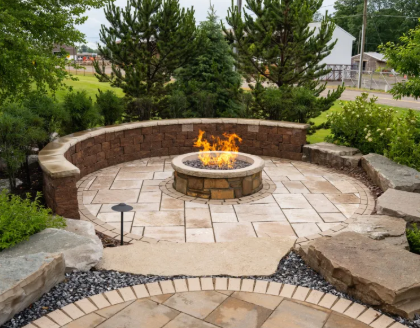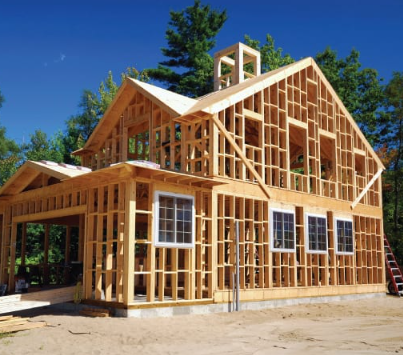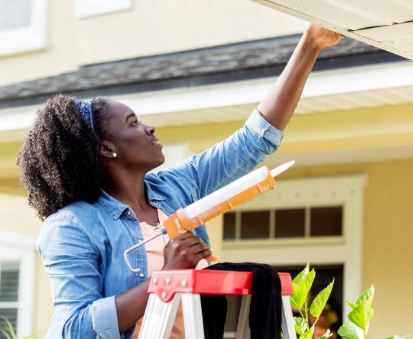Choosing the right home security system protects your family. Understanding features helps find the perfect fit for you.
Understanding Your Home’s Unique Security Needs
Choosing a home security system installation starts with a clear understanding of your home’s specific requirements. Every residence has distinct features—whether it’s a single-story bungalow, a multi-level house, or a condo unit—that affect security planning. Consider factors such as the size of your home, the number of entry points, and neighborhood crime trends. These elements influence what type of system components are necessary, such as door/window sensors, surveillance cameras, or motion detectors. An installation that fits the physical layout and the environment of your home will be more effective and better suited to your needs.
Comparing Three Common Types of Home Security Systems
When considering home security system installation, it's helpful to understand the main types available: wired systems, wireless systems, and hybrid systems. Each offers distinct advantages depending on your home's structure, budget, and specific needs.
Wired Systems involve physical cables connecting sensors, cameras, and control panels. These systems tend to be highly reliable because they are less prone to interference or signal loss. However, installation can be more complex and time-consuming, especially in existing homes where walls may need to be opened. Wired systems often require professional installation but can be more resistant to hacking since they don’t rely on Wi-Fi.
Wireless Systems use radio signals to communicate between devices, making installation simpler and more flexible. They are popular for their ease of adding or moving components without rewiring. Wireless systems are suitable for renters or those who prefer a less invasive setup. The downside is potential signal interference from other devices or building materials, and reliance on battery-powered components that need regular maintenance.
Hybrid Systems combine wired and wireless elements, offering a balance between stability and flexibility. For example, critical sensors may be hardwired for reliability, while cameras or additional sensors use wireless connections to reduce installation complexity. Hybrid setups can be customized to fit complex home layouts or specific security priorities, but they might involve higher upfront costs due to mixed technology.
Understanding these options helps homeowners choose a system that aligns with their environment and preferences, ensuring a more effective and manageable home security system installation.
Balancing Features with Practical Affordability
When selecting a home security system, it’s important to balance the features you need with what is financially feasible. “Affordable” does not mean compromising on critical functions. Many systems offer modular designs allowing homeowners to add components over time, spreading out costs. For instance, starting with basic intrusion detection sensors and later adding cameras or smart locks could be a strategic approach. Instead of focusing on initial price tags alone, consider the long-term maintenance and upgrade potential of the system. A thoughtfully chosen system that grows with your needs can provide better value.
The Importance of Installation Quality and Customization
How a security system is installed greatly affects its performance. Professional installation services ensure that devices are positioned optimally for coverage and reliability. For example, poorly placed sensors or cameras may leave blind spots that can be exploited. Customized installations consider unique architectural features such as reinforced doors or areas with limited Wi-Fi access. Some homeowners underestimate the importance of wiring options—wired versus wireless installations have different reliability, maintenance, and cost profiles. Choosing an installation that fits both the physical and technological environment of your home enhances system efficiency.
Considering Integration with Existing Home Technologies
Modern home security systems often integrate with other smart home devices such as lighting, thermostats, or voice assistants. Evaluating how well a security system installation will work with your current technology ecosystem is an essential step. Seamless integration can enable automation scenarios that improve convenience and safety, like programmed lighting when motion is detected or remote alerts through your smartphone. However, complexity can also increase installation time and troubleshooting challenges. Understanding compatibility beforehand helps avoid frustration and supports smoother daily use.
Evaluating Monitoring Options Without Pressure
One aspect often discussed but less understood is the variety of monitoring options available. Some homeowners choose self-monitoring systems, where they receive alerts directly and respond independently. Others prefer professional monitoring services that notify authorities in emergencies. Neither choice guarantees absolute security, but understanding the trade-offs between autonomy, cost, and response time helps in making an informed decision. When assessing installation services, ask about how the system supports each monitoring method and what maintenance or subscription requirements exist without assuming necessity.
Signal Reliability and Cybersecurity Awareness
Security systems rely heavily on communication signals—Wi-Fi, cellular, or wired networks—to send alerts and stream footage. Signal reliability in your home’s environment is a technical detail often overlooked. Dense walls, large metal objects, or certain building materials can degrade wireless signals, affecting system responsiveness. Additionally, cybersecurity is a growing concern. Smart security devices connected to the internet can be vulnerable if not properly secured. Ask about encryption standards, firmware updates, and user access controls during the selection and installation process. Understanding these elements reduces risks related to hacking or unauthorized access.
Preparing for Maintenance and Troubleshooting
Home security systems, like any technology, require maintenance and occasional troubleshooting. During the installation planning, clarify what typical upkeep entails—sensor calibration, software updates, battery replacement—and what support is available if problems arise. Some systems offer user-friendly apps that simplify diagnostics, while others might require professional visits for adjustments. Understanding these practicalities ahead of time helps set realistic expectations. Effective communication between the homeowner and the installation provider ensures issues can be resolved swiftly, keeping the system operational without undue hassle.
Final Thoughts: Making a Thoughtful Decision
Choosing the right and affordable home security system installation is a process that involves more than just price comparisons or marketing claims. It requires a comprehensive assessment of your home’s physical layout, your daily lifestyle, technological compatibility, and long-term usability. Quality installation tailored to your environment, combined with thoughtful feature selection and awareness of security and privacy nuances, contributes to a system that truly serves your needs. Taking time to research, ask questions, and consider these less obvious but crucial factors will help you make a confident, informed choice about home security.





